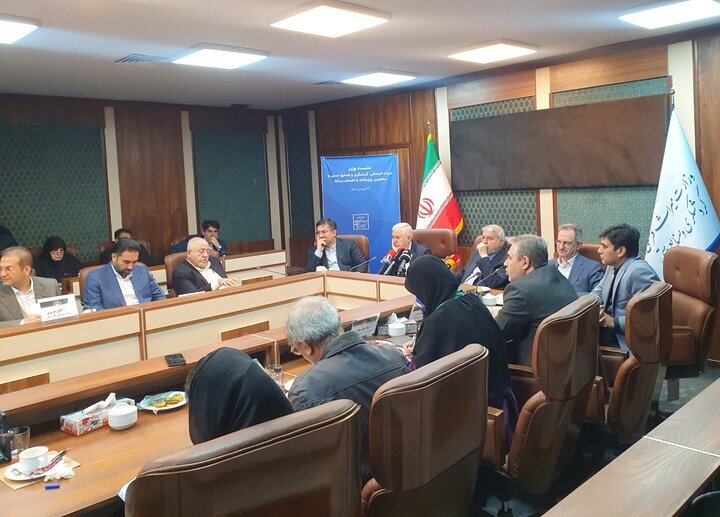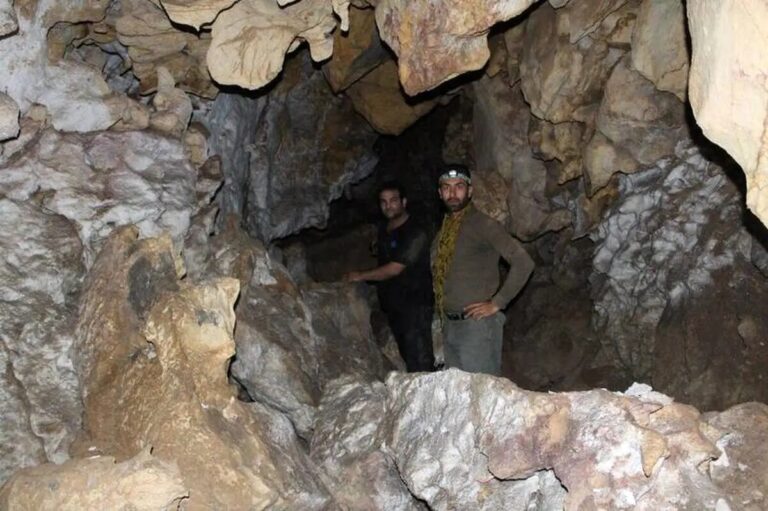Iran Pursues UNESCO Recognition for Stunning Mirrorwork Art and Historic Falak-ol-Aflak Fortress
TEHRAN – Iran has officially submitted two significant cultural heritage dossiers to UNESCO, aiming for their inclusion on the prestigious World Heritage List. The two entries are the ancient decorative art of mirrorwork, known as Ayeneh-kari, and the historic Falak-ol-Aflak Fortress, along with its culturally rich landscape in Lorestan province. This announcement was made by Ali Darabi, the Deputy Minister of Cultural Heritage, during a press conference held on Saturday. He expressed optimism regarding the international recognition of these heritage sites in the upcoming UNESCO evaluation round.
“We are optimistic about their successful inscription on the UNESCO lists,” Darabi stated. If these entries are recognized, they will further underscore Iran’s diverse contributions to global heritage and bolster efforts to preserve its age-old traditions and landmarks, he concluded.
Ayeneh-kari: A Shimmering Tradition
The art of Ayeneh-kari boasts a rich history that dates back nearly 2,700 years to the Achaemenid period in Iran. During this era, skilled artisans began the transformative process of creating reflective surfaces using polished stones and metals. This unique technique reached its zenith during the Safavid and Qajar dynasties, when mirrors were intricately crafted into floral and geometric patterns. These stunning pieces adorned the interiors of various architectural marvels, including:
- Palaces
- Mosques
- Mausoleums
Iconic examples of this breathtaking craft can still be admired at locations such as Chehel Sotun Palace in Isfahan and the Shams-ol-Emareh in Tehran. Here, the interplay of light and reflection creates mesmerizing interior vistas that captivate visitors and locals alike.
Falak-ol-Aflak: A Cultural and Historical Landmark
The Falak-ol-Aflak Fortress stands majestically in western Iran, overlooking the city of Khorramabad with its eight formidable bastions. This site transcends its military origins, embodying a rich tapestry of Iran’s cultural, natural, and historical legacy. The surrounding landscape is equally impressive, featuring:
- Prehistoric caves
- The scenic Khorramabad Valley
- Historic bridges
- A river that gracefully winds through the city
At night, the fortress is illuminated, providing striking views that attract both local residents and international tourists. Experts believe the combination of historical architecture and natural beauty makes this site a prime candidate for UNESCO recognition.
The efforts to have both Ayeneh-kari and Falak-ol-Aflak recognized reflect Iran’s commitment to preserving its cultural heritage. By highlighting these significant aspects of Iranian history and artistry, the country aims to foster a deeper understanding and appreciation of its contributions to world culture.
Furthermore, the inclusion of these sites on the UNESCO World Heritage List would not only enhance their visibility but also promote tourism in the region. Visitors drawn by the allure of these cultural treasures can experience firsthand the rich history and artistic achievements that Iran has to offer.
In conclusion, the submission of the Ayeneh-kari and Falak-ol-Aflak Fortress dossiers marks a significant step in Iran’s ongoing efforts to preserve and promote its cultural heritage. As the world looks on, there is hope that these remarkable sites will soon receive the international recognition they deserve, further enriching the global tapestry of cultural heritage.






